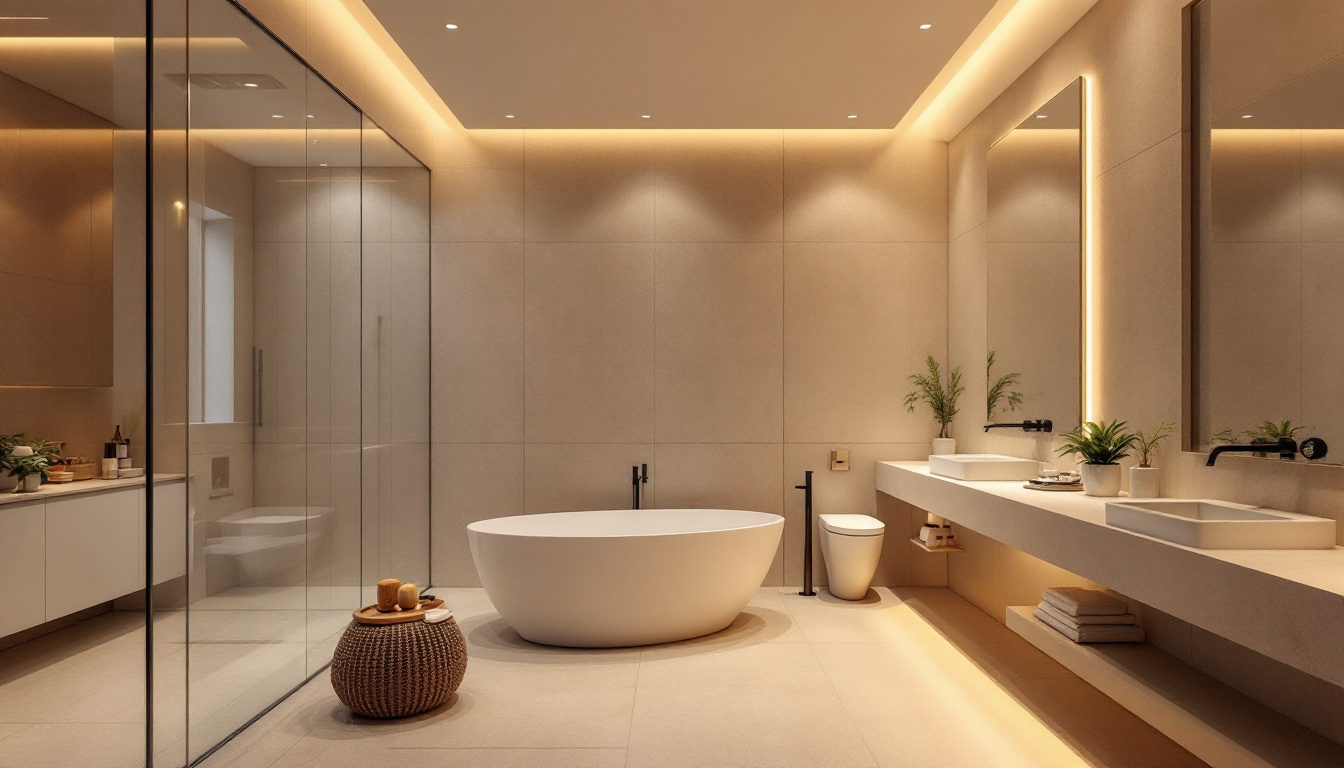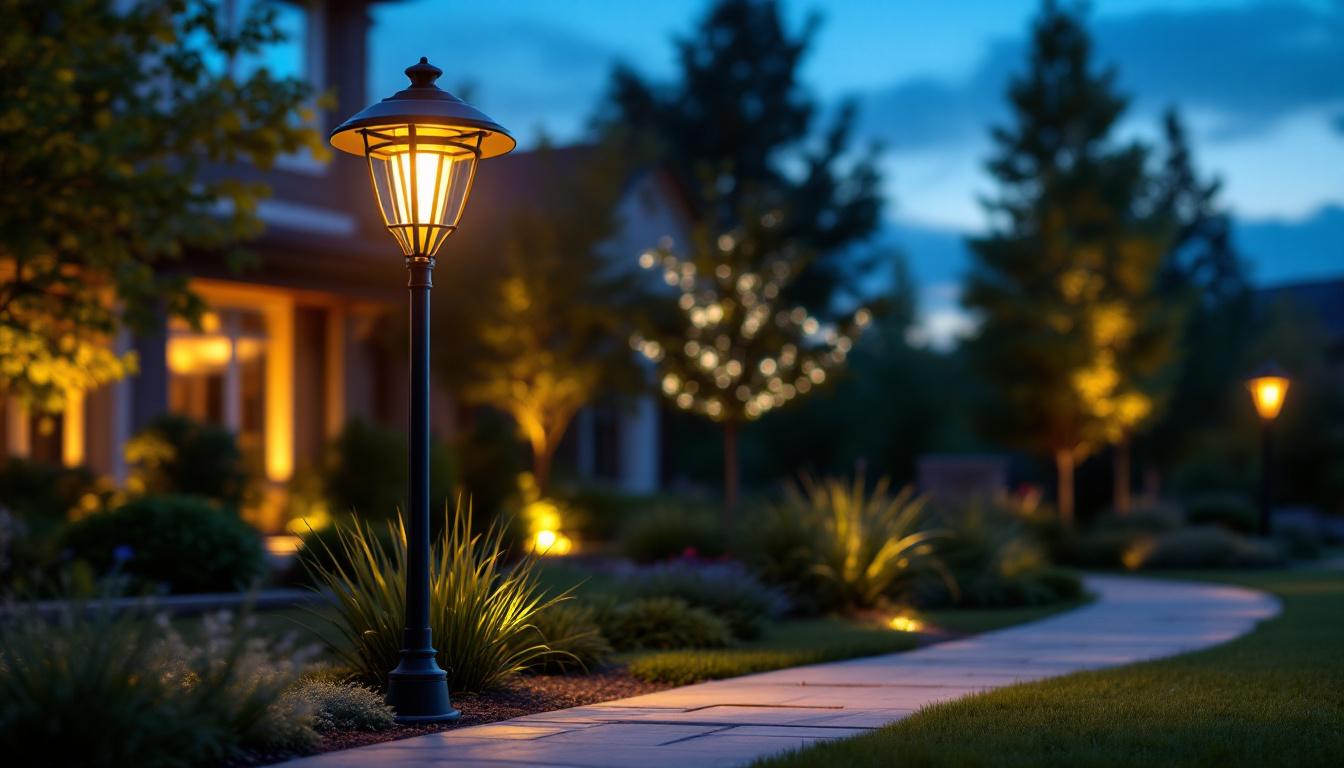
metal halide lamps have long been a staple in the lighting industry, particularly for their efficiency and high-quality light output. However, despite their popularity, there are several aspects and examples of metal halides that lighting contractors often overlook. Understanding these nuances can significantly enhance the effectiveness of lighting designs and installations. This article delves into various examples of metal halides, their applications, and common pitfalls that contractors should be aware of.
Metal halide lamps are a type of high-intensity discharge (HID) lamp that produces light by passing an electric current through a gas mixture. This process generates a bright, white light that is often favored for its color rendering properties. The technology behind metal halides is complex, and understanding it can help contractors make better decisions when selecting lighting solutions.
Metal halide lamps consist of a quartz arc tube filled with a mixture of gases, including mercury and metal halides such as sodium or scandium. The specific combination of these elements determines the color temperature and efficiency of the light produced. For instance, lamps with a higher concentration of sodium will emit a warmer light, while those with more scandium will produce a cooler, more daylight-like effect.
Contractors should pay close attention to the composition of the metal halide lamps they choose, as it can significantly impact the overall lighting quality and energy efficiency. Selecting the right type of metal halide can enhance the aesthetic appeal of a space while ensuring optimal illumination. Additionally, the lifespan of these lamps can vary based on their composition; for example, lamps with a higher metal halide content may offer longer operational periods, making them a more cost-effective choice in the long run. Understanding these nuances can empower contractors to make informed decisions that align with both budgetary constraints and project requirements.
Color temperature is a critical factor in lighting design, influencing not only the ambiance of a space but also the functionality of the lighting. Metal halide lamps typically range from 3000K to 6000K, covering a spectrum that can cater to various applications.
For instance, a color temperature of around 4000K is often preferred in commercial settings, as it provides a neutral white light that enhances visibility without causing discomfort. In contrast, higher temperatures closer to 6000K may be suitable for environments requiring high levels of detail, such as art galleries or retail spaces. Understanding the implications of color temperature can help contractors select the right metal halide lamps for their projects. Furthermore, it is essential to consider how color temperature interacts with other design elements, such as wall colors and furnishings, as these factors can amplify or diminish the effectiveness of the lighting. By taking a holistic approach to lighting design, contractors can create spaces that are not only functional but also visually striking, enhancing the overall user experience.
Metal halide lamps are versatile and can be used in a variety of applications. Their ability to produce bright, high-quality light makes them suitable for both indoor and outdoor settings. Below are some common applications where metal halides excel.
One of the most prominent applications for metal halide lamps is in outdoor sports facilities. These lamps provide the intense illumination needed for nighttime games and events, ensuring players and spectators can see clearly. The high lumen output and excellent color rendering make them ideal for stadium lighting, where visibility is paramount.
However, contractors must consider the positioning and angle of the fixtures to minimize glare and shadows on the playing field. Proper installation can enhance the overall experience for both players and fans, making it crucial for contractors to pay attention to these details.
In industrial settings, metal halide lamps are often used for warehouse lighting due to their efficiency and long lifespan. They provide bright, consistent light that helps improve visibility for workers and enhances safety in the workplace.
When designing lighting for warehouses, contractors should take into account the layout of the space and the specific tasks being performed. For example, areas requiring detailed work may benefit from higher light levels, while general storage areas may not require as much illumination. Tailoring the lighting design to the specific needs of the space can lead to improved productivity and safety.
Metal halide lamps are also popular in retail and commercial spaces, where they can enhance product displays and create an inviting atmosphere. The high color rendering index (CRI) of metal halides allows colors to appear more vibrant and true to life, which can influence purchasing decisions.
Contractors should consider the layout of the retail space and how light interacts with various surfaces. Strategic placement of metal halide fixtures can highlight key products and create focal points within the store, ultimately enhancing the shopping experience.
While metal halide lamps have their drawbacks, they also offer several advantages that make them a popular choice among lighting contractors. Understanding these benefits can help contractors make informed decisions when selecting lighting solutions.
One of the primary advantages of metal halide lamps is their energy efficiency. Compared to traditional incandescent bulbs, metal halides produce significantly more light per watt, making them a cost-effective option for large spaces. This efficiency translates to lower energy bills and a reduced carbon footprint, which is increasingly important in today’s environmentally conscious market.
Contractors should emphasize the long-term savings associated with metal halide lighting when discussing options with clients. Highlighting the benefits of reduced energy consumption can be a persuasive factor in the decision-making process.
Metal halide lamps are known for their longevity, often lasting up to 20,000 hours or more, depending on usage and maintenance. This durability reduces the frequency of lamp replacements, which can save both time and money for businesses.
However, it is essential for contractors to educate clients about the importance of regular maintenance. While metal halides have a long lifespan, factors such as dust accumulation and improper installation can impact their performance. Regular inspections and cleaning can help ensure that these lamps continue to operate efficiently.
The quality of light produced by metal halide lamps is another significant advantage. With a high CRI, these lamps render colors accurately, making them ideal for applications where color fidelity is crucial. This feature is particularly beneficial in settings such as art galleries, museums, and retail stores, where the appearance of products or artworks can greatly influence customer perception.
Contractors should leverage this advantage when designing lighting solutions, ensuring that clients understand the benefits of investing in high-quality light sources for their spaces.
Despite their many advantages, metal halide lamps also come with challenges that contractors must navigate. Being aware of these issues can help ensure successful installations and satisfied clients.
One of the notable drawbacks of metal halide lamps is their warm-up time. Unlike LED lighting, which provides instant illumination, metal halides can take several minutes to reach full brightness. This delay can be problematic in applications where immediate light is required, such as in security lighting or emergency situations.
Contractors should communicate this limitation to clients and consider alternative solutions for areas where immediate lighting is essential. In some cases, a combination of metal halide and LED fixtures may provide the best of both worlds.
Metal halide lamps generate a significant amount of heat during operation, which can be a concern in certain environments. Excessive heat can lead to increased cooling costs and may even pose safety risks in confined spaces.
When designing lighting systems, contractors should take heat generation into account and ensure that fixtures are installed in well-ventilated areas. Additionally, using heat-resistant materials and incorporating cooling systems can help mitigate any potential issues.
While metal halide lamps are energy-efficient, they do contain hazardous materials, such as mercury. Proper disposal and recycling of these lamps are essential to minimize environmental impact. Contractors should be well-versed in local regulations regarding lamp disposal and educate clients on the importance of responsible waste management.
Implementing a recycling program for old lamps can also enhance a contractor’s reputation as an environmentally conscious business, appealing to clients who prioritize sustainability.
Metal halide lamps remain a vital component of the lighting industry, offering numerous advantages for various applications. However, lighting contractors must stay informed about the nuances of this technology to make the best choices for their projects. By understanding the composition, applications, and challenges associated with metal halides, contractors can provide superior lighting solutions that meet the needs of their clients.
As the industry evolves, it is essential to stay abreast of advancements in lighting technology. While metal halides have their place, the emergence of LED technology presents new opportunities and challenges. Contractors should consider the potential for hybrid solutions that combine the benefits of both technologies, ensuring that they remain competitive in a rapidly changing market.
Ultimately, a comprehensive understanding of metal halides and their applications will empower lighting contractors to deliver exceptional results, enhancing the quality of light and the overall experience for end-users. By embracing these insights, contractors can elevate their projects and foster lasting relationships with clients.
Ready to enhance your lighting projects with the superior quality and value of metal halide lamps? Look no further than LumenWholesale, where we provide contractors with spec-grade lighting products at unbeatable wholesale prices. Our commitment to cutting out the middleman means you get the best value without inflated markups. With an extensive selection that meets the highest industry standards and the convenience of free shipping on bulk orders, you can trust LumenWholesale to light up your projects with reliability and performance. Elevate your lighting solutions today and experience wholesale lighting at the best value.

Discover top outdoor pendant light deals to boost your lighting contracts. Learn expert tips, cost-saving strategies, and how to win more projects today!.

Discover how bathroom recessed lights can transform your space by enhancing lighting efficiency and aesthetics.

Discover innovative hacks for smart lighting contractors to enhance outdoor spaces using photocell technology.

Discover the advantages and drawbacks of outdoor pole lamp fixtures for lighting contractors.